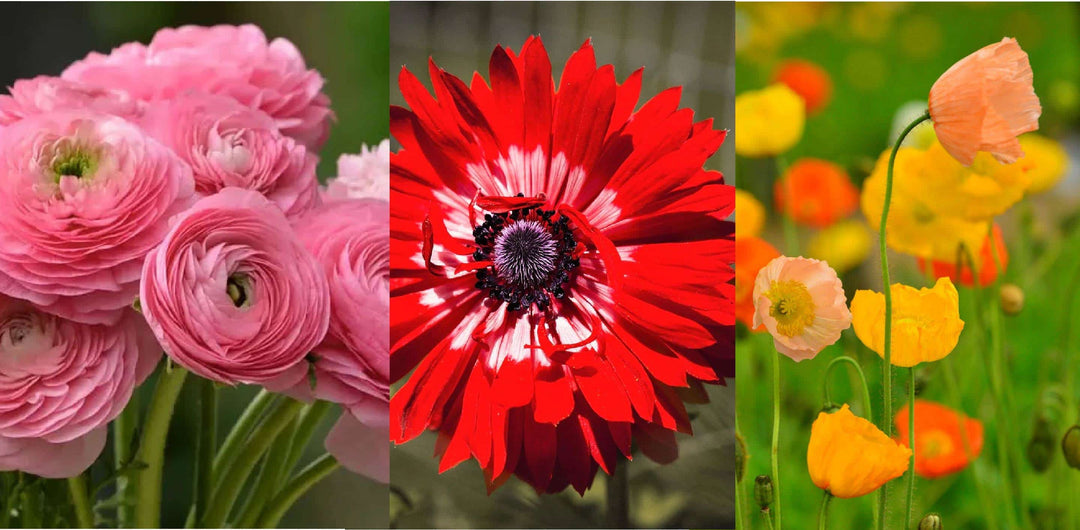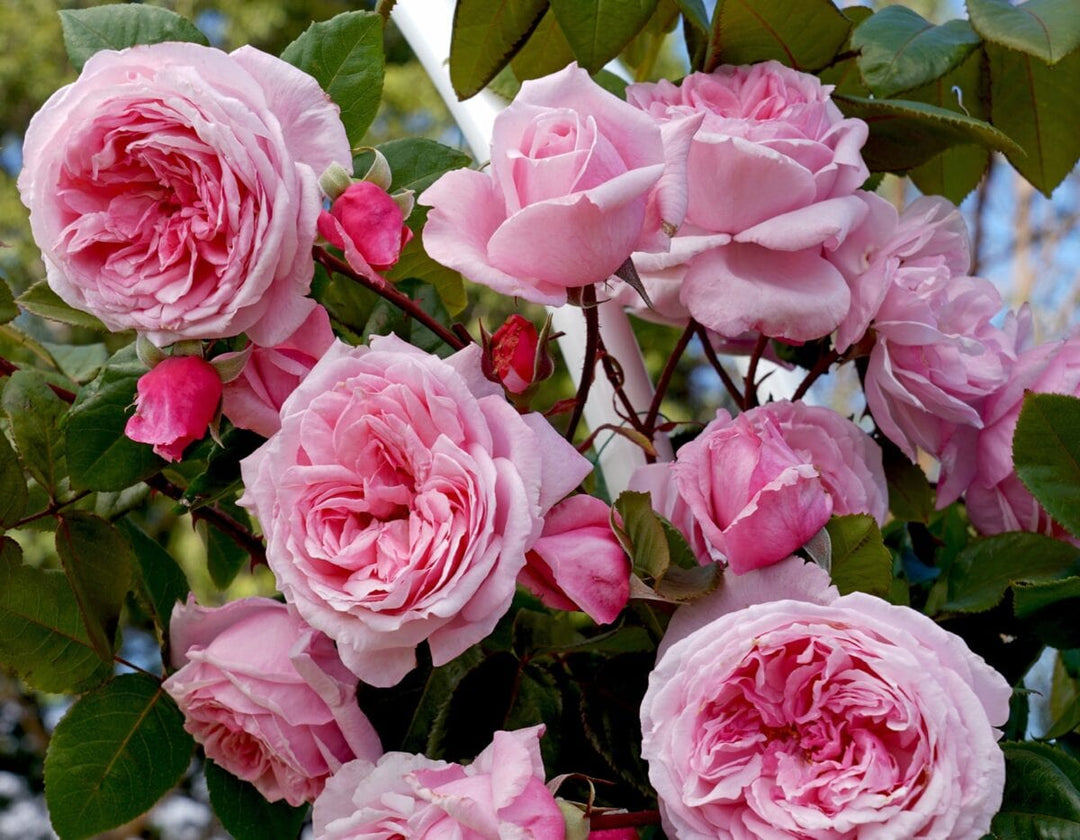Top 5 Water Plants to Plant Now
1.) Iris Ensata

The Japanese iris is related to a wide variety of different plants, from the bearded iris and other landscaping varieties and are native to North America.
Japanese irises are a great way to add color and texture to your garden. They measure 3 to 6 inches across and their lush green foliage complements their vibrant blooms.
It is recommended to plant the bulbs in autumn for a flourishing display of these irises in spring. However, the nursery is newly stocked with plants that are ready to be transplanted now.
Spring and summer are times when they thrive the best, making them an ideal choice for areas of a landscape that contain boggy ground. Other plants may have difficulty surviving in this kind of environment, however these hardy plants thrive in these conditions.
TIP: The iris family, particularly the Japanese iris, can cause serious harm to humans and animals if ingested. Therefore, caution must be taken when handling this plant.
2.) Sarracenia Velvet

The diverse pitcher plants of North America are an amazing species to behold. Not only do they have incredible traps that help capture prey easily, but they are also easy to grow, which makes them great for beginners.
Pitchers belonging to most carnivorous plants are usually tall and slim, and have attractive colors with seductive aromas. Insects often become stuck on the waxy surfaces or get deceived by the see-through leaves. The nectar secreted by these plants can also be poisonous in some cases, making it risky for visitors.
With eight distinct species and a variety of forms, along with endless options for hybridization, collecting Sarracenia - often referred to as trumpet pitchers - is a hobby that can span your entire lifetime. And the best part is that some of these species are incredibly easy to grow, making them an ideal choice for beginners entering the world of carnivorous plants.
3.) Thalia Dealbata

Thalia Dealbata is an aquatic perennial, which is evergreen and grows in marginal areas. Its leaves are long-stalked, erect, and narrowly ovate, reaching up to 40 cm in length. They have a white powdery coating and slender stems bearing panicles of flowers 2 cm across that are a shade of purple.
This plant is not carnivorous, but it can still cause harm to small insects such as hoverflies and tiny bees when they visit for pollination. They may get stuck in the plant's sticky pollen and eventually die due to suffocation.
Plants that thrive in moist conditions can be grown in bogs as well. To protect them from the cold and frost during the winter, put their containers under 18-24” of water. This will help keep them safe in place.
TIP: If you have a greenhouse or any other frost free area with ample light, it is wise to move your plants inside those containers during the winter season. Additionally, for wet boggy soil plants, trim the tops and mulch them heavily in winter for optimal growth.
4.) Cyperus Percamenthus

Also known as Dwarf Papyrus, is part of the Cyperaceae family and specifically the Cyperus genus, which contains around 700 species of flat sedges. The Dwarf Papyrus is native to the coastal regions of Africa, where it takes its name from, and can tolerate a range of pH levels.
This plant has a grass-like look and delicate leaves. It produces a tufted foliage that looks like a firework burst - vivid green and yellow colors! Its globular shape is truly eye-catching and beautiful. A great choice for small backyard ponds or container gardens as it grows robustly and beautifully. in wet or dry soil.
Dwarf papyrus plants are known to significantly improve the environment in which they reside. They are efficient in purifying the air, helping to ensure healthy soils and can even improve water quality in ponds. Moreover, these plants play an essential role in maintaining a balanced ecosystem.
5.) Canna Orange Chocolate

Add some vibrancy to your garden with this dwarf Canna! It produces stunning orange blooms and has a showy foliage of olive green and purple-brown. Perfect for borders or large containers.
For optimal growth, this plant prefers a moist yet well-drained soil. At the start of winter, the rhizomes must be taken out and stored in a dry and cool environment; during March, they can be separated into parts as needed and potted again. By late May, these plants should be placed in your garden. Now is the perfect time to get yours as we’re newly stocked and they go quick!









